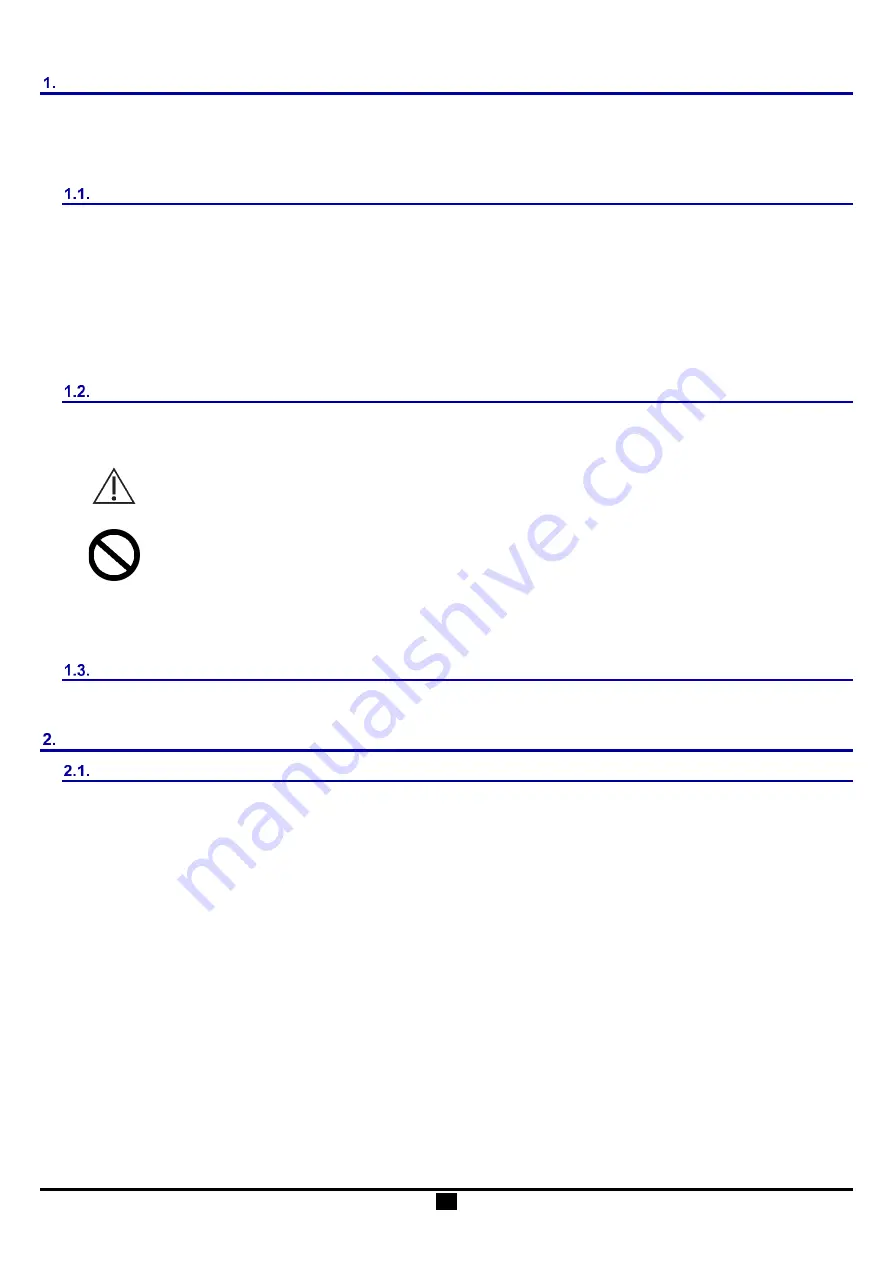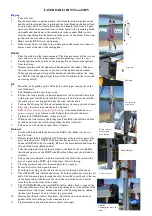
Kinetec Kinevia™ / Kinetec Kinevia Duo™
EN
3/44
Information about this user manual
Read this user manual carefully and entirely before using the device for the first time.
Users must have access to this user manual at all times. It must be kept for future use.
Danger and warning indications
This user manual contains safety information allowing users to recognise and avoid potential hazards. In this manual,
potential hazards are indicated using three warning words:
◦
DANGER:
indicates immediate danger situations that can result in death or serious injury if not avoided.
◦
WARNING:
indicates potential danger situations that can result in injury if not avoided.
◦
CAUTION:
indicates potential danger situations that can result in minor or moderate injury if not avoided. This
warning word can also be used to draw attention to unsafe practises or potential damage to the device or its
accessories.
Danger and warning symbols
Potential hazards, mandatory measures, prohibitions and information are indicated consistently using the same
symbols throughout this user manual.
Hazard indication
Symbol used to warn of hazards, independently of the danger level. The danger level is indicated by
the corresponding warning word, as described in section 1.1
Prohibition
Symbol used to indicate prohibitions.
Information
Symbol used to indicate advice or additional useful information.
User manual photos
The product and display screen presentation may vary slightly from the illustrations in this user manual.
General information about the Kinetec
Kinevia™ device
Field of use
The Kinetec
Kinevia™ motorised therapy trainer is designed to exercise the lower or upper limbs of patients who have
limited movement capacity caused by neurological or neuromuscular pathologies.
Kinevia is to be used as a:
◦ Leg trainer (
Kinetec Kinevia™
)
◦ Combined leg and upper body trainer (
Kinetec Kinevia Duo™
)
It is not possible to use the arm and leg trainer at the same time.
Kinevia can be used for the following types of exercise:
◦
Passive mobilisation:
the arm or leg movements are initiated by the motors.
◦
Active mobilisation:
patients move their arms and legs using their own muscular force.
◦
Active mobilisation with motor support (soft training or assisted active training):
patients move their arms
and legs using their own muscular force while the motor is operated in a targeted manner.






































